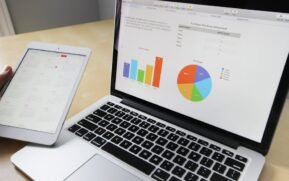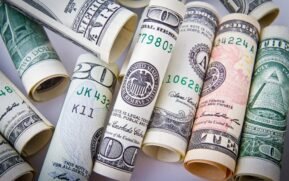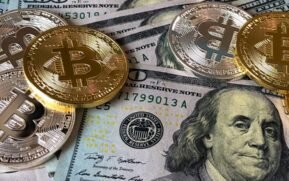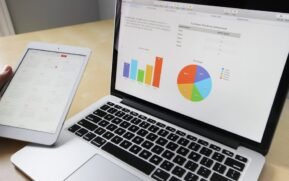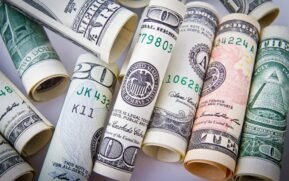
As of August 2025, significant changes have occurred in the landscape of student loan forgiveness, affecting millions of borrowers across the United States. Recent legislative actions, policy shifts, and legal challenges have introduced new complexities and opportunities for those seeking relief from student debt.
**Interest Resumes for SAVE Plan Borrowers**
On August 1, 2025, the U.S. Department of Education announced the resumption of interest accrual for borrowers enrolled in the Saving on a Valuable Education Plan. Approximately 7.7 million borrowers will see their loan balances begin to increase due to this change. The Department plans to reach out to those impacted, offering the option to transition to other repayment plans that qualify for payments. Borrowers are encouraged to use the federal loan simulator tool on studentaid.gov to explore the most suitable options for their financial situations.
**Potential Wage Garnishment for Defaulted Loans**
As of August 2025, approximately 3 million student loan borrowers are expected to enter default, placing them at risk of having 15% of their wages garnished by the U.S. government. This follows the end of both the pandemic-era pause on student loan payments in May and a Biden administration grace period on credit score penalties for missed payments. An additional 2 million borrowers could default by September. Experts urge borrowers to check their loan status on studentaid.gov and consider loan rehabilitation or consolidation to regain good standing and avoid wage garnishment.
**Legislative Reforms in Higher Education**
The U.S. Congress has enacted the most substantial higher education reform in 20 years, aiming to reduce student debt and college costs. The new law caps federal borrowing for graduate students and parents, while simplifying loan repayment with two options: a fixed plan and a new income-driven plan. These changes are expected to save $270 billion over a decade but may increase monthly payments for many borrowers. A new accountability system will deny federal loan access to programs where graduates earn less than peers without degrees, affecting 20% of associate degrees and 8% of master’s programs, especially in for-profit institutions.
**Proposed Changes to Public Service Loan Forgiveness **
The Trump Administration is proposing significant changes to the Public Service Loan Forgiveness program, potentially impacting tens of thousands of nonprofit employees. Established in 2007, PSLF provides tax-free loan forgiveness to qualifying government and nonprofit workers after ten years of payments. The proposed changes aim to narrow eligibility by excluding organizations engaged in activities deemed harmful to national security or American values. Critics argue these revisions could disproportionately target groups opposing the administration’s agenda and may disqualify borrowers for legal actions taken by their employers.
**Tax Implications of Student Loan Forgiveness**
As of 2025, federal student loan forgiveness remains tax-free at the federal level under the American Rescue Plan Act , which exempts forgiven student debt from federal taxation through the end of this year. More than five million borrowers have benefited, with about $188.8 billion in student loans forgiven. However, state taxes may still apply, depending on where you live, potentially resulting in unexpected tax bills. Looking ahead, unless further legislative action is taken, forgiven federal student loan debt will again become taxable at the federal level starting in 2026.
**Conclusion**
The student loan forgiveness landscape is undergoing rapid and significant changes, influenced by legislative reforms, policy shifts, and legal challenges. Borrowers are advised to stay informed about these developments and actively manage their loan repayment strategies to navigate the evolving environment effectively.

